Advertisement
On Its Golden Anniversary, Fuller Craft Museum Focuses On Making Craft Relevant
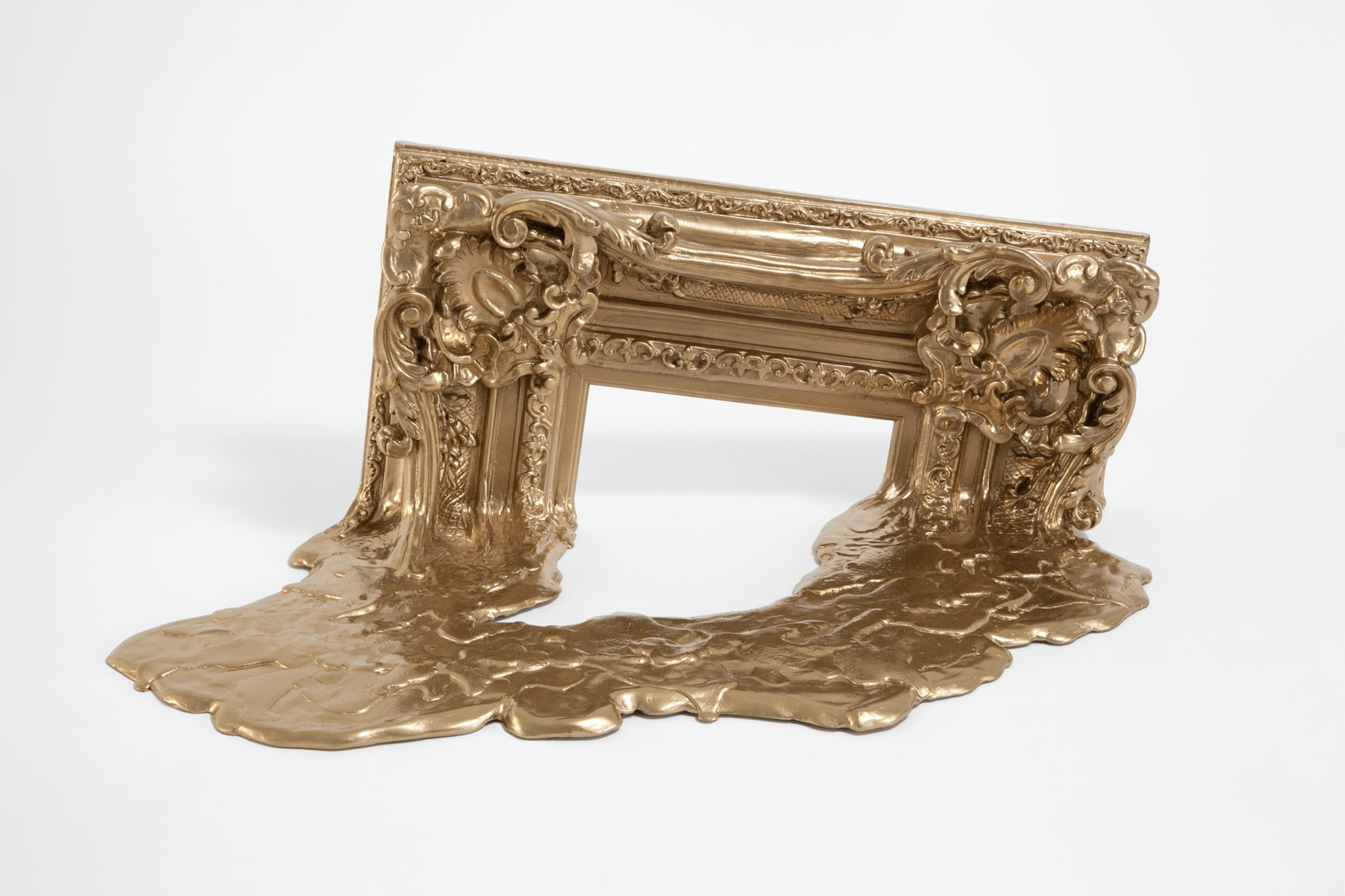
Gold is shiny, precious, rare.
For years we have used the metal as a form of currency, to make fine jewelry and even to fill our teeth. We’ve hoarded gold bars and handed out gold medals.
Now, Fuller Craft Museum, celebrating its 50th anniversary, takes a closer look at gold in “Striking Gold: Fuller at Fifty,” exploring the social, political and cultural context of a precious metal that has been the source of so much fascination and obsession.
“It was such a fitting material to commemorate this milestone because it really does properly reflect our achievements as a cultural institution,” says Beth McLaughlin, the museum’s chief curator of exhibitions and collections. “It's such an incredible craft material. I mean, it's a dream for artists to work with. It’s pliable. It's very stable. It never tarnishes. It doesn't rust. And it has this radiance, as if it's lit from within. Gold itself touched on a lot of markers for us that we were hoping to achieve with our 50th celebration.”
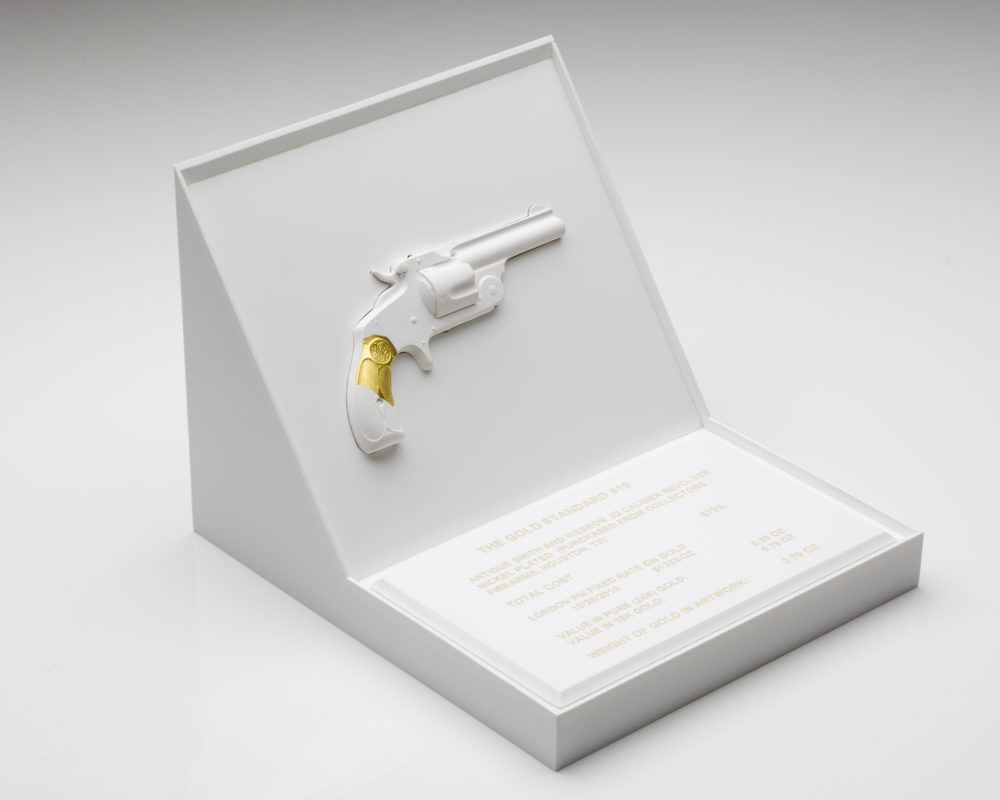
In “Striking Gold,” Fuller Craft unveils more possibilities for gold, beyond just a material of embellishment. For centuries, gold has been most closely associated with avarice and greed, vanity and consumption, power and divinity. But in this show, co-curated by McLaughlin and Suzanne Ramljak, an art historian and former editor of Metalsmith magazine, 57 artists who work principally with gold highlight other perspectives. Sometimes their work is humorous. Sometimes it is dark.
Artist Lisa Gralnick, a professor of art at the University of Wisconsin, has created a series of works entitled “Gold Standard” in which she takes everyday objects and reframes them in relationship to gold as a marker of value. Her pieces, which have included objects such as kitchen sinks, cellphones and vacuum cleaners, include some area of gold which reflect the cost of the metal in respect to the cost of the object. At the Fuller show, Gralnick shows two pieces, a cast of a Tiffany ring titled “Tiffany #11” and “Revolver #19,” a cast of an antique Smith and Wesson .32 caliber revolver. The total cost of the revolver, according to an inscription on the cast was $795. Gralnick shows a commensurate value of gold. On the revolver, that quantity of gold, 0.79 ounces, covers just a small patch of the gun frame. The ring, on the other hand, had to be enlarged to reflect its equivalent value in gold.
Advertisement
“She's doing great work really asking the viewer to question what makes an object precious by creating this relationship between everyday objects and gold,” says McLaughlin.
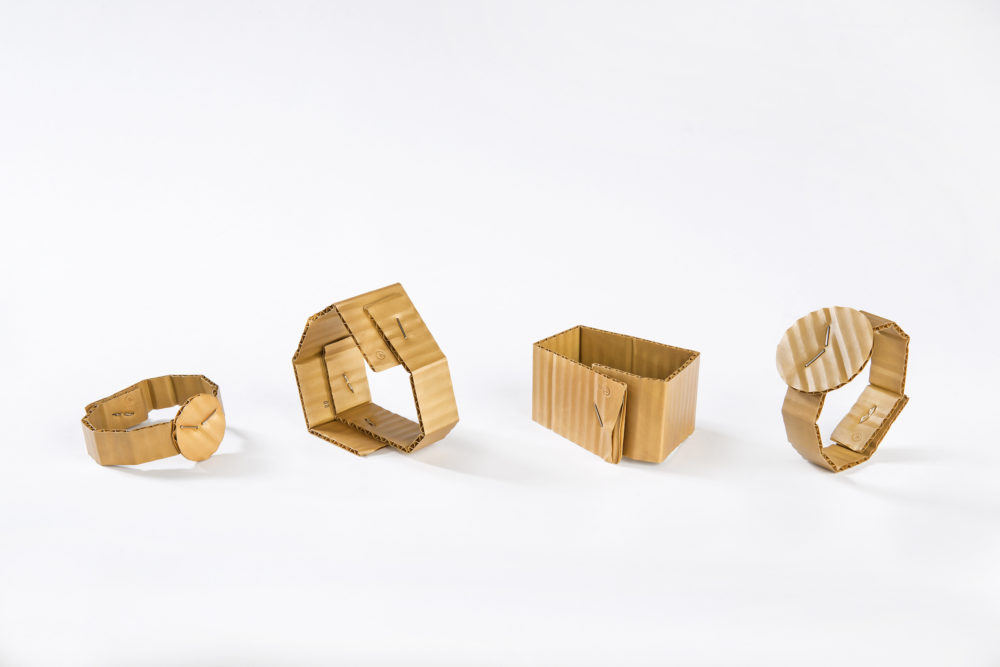
Swiss jewelry designer David Bielander, meanwhile, has created ironic pieces in which he uses pure gold to mimic the look of a decidedly more humble material — corrugated cardboard.
“I think he's really questioning our blind worship of gold and really subverting that value by creating these everyday objects with this highly precious metal,” says McLaughlin.
British artist Sophie Coryndon uses gold in her work “Hoard IV” to underscore the loss of the honeybee, an insect that is far more precious to human existence than a shiny ore. Other works examine the history of gold, which isn’t always as pretty as the metal itself.
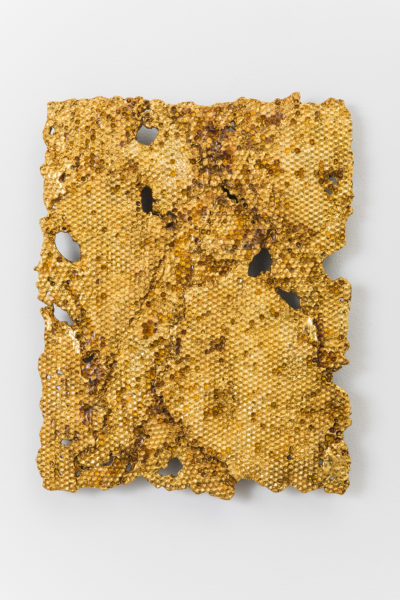
Radical Jewelry Makeover, a collective of artists founded by Susie Ganch and Kathleen Kennedy, is a global recycling project that encourages artists and jewelry makers to work sustainably by creating new works from discarded costume and fine jewelry. Their Radical Jewelry Makeover Artist Project taps professional artists to create museum pieces using cast aside jewelry. For this show, artists Curtis Arima and Adam Whitney have created pieces using recycled jewelry.
“We felt like what was really important to us in curating the show was not just to present gold as this wonderful, beautiful material but also call attention to the fact that there is a darker side, and that there are a lot of environmental and human consequences to gold mining,” McLaughlin adds.
While the “Striking Gold” exhibit of 81 pieces in two of the museum’s main galleries is meant to celebrate Fuller Craft at an important juncture, it comes as the museum stands at a sort of crossroads. Museum Director Denise Lebica says the goal is to attract a larger audience and to make Fuller Craft more relevant. To this purpose, the museum opened its doors for free to Brockton residents in 2017. It also has begun featuring more exhibits touching on social and political topics. This month, for instance, the museum is exhibiting not only “Striking Gold” but “Human Impact: Stories of the Opioid Epidemic,” opening Sept. 28, which explores the opioid epidemic and its impact through craft.
As part of its community engagement initiative, the museum also plans to expand its community programming, opening up for performances, concerts and films. The idea, says Lebica, is to bring more people in “through the back door.”
The shift toward hosting more events will only be the latest change for an institution that has a long history of changes. Built in 1969, thanks to a $1 million trust started in 1946 by hydrologist Myron Fuller, the museum first opened its doors as the Brockton Art Center Fuller Memorial and was built in memory of Fuller’s family. In the beginning, the center lacked a collection but offered lectures and exhibitions. Eventually, it became Fuller Art Museum and collected artwork in every medium. But in 2004, the museum again shifted direction choosing to focus solely on the niche of contemporary craft. Fuller Art Museum became Fuller Craft Museum and is one of the only institutions in the Northeast completely dedicated to contemporary craftwork. Now, says Lebica, it’s time for Fuller Craft to home in on Myron Fuller’s original wish that the museum be a part of people’s lives.
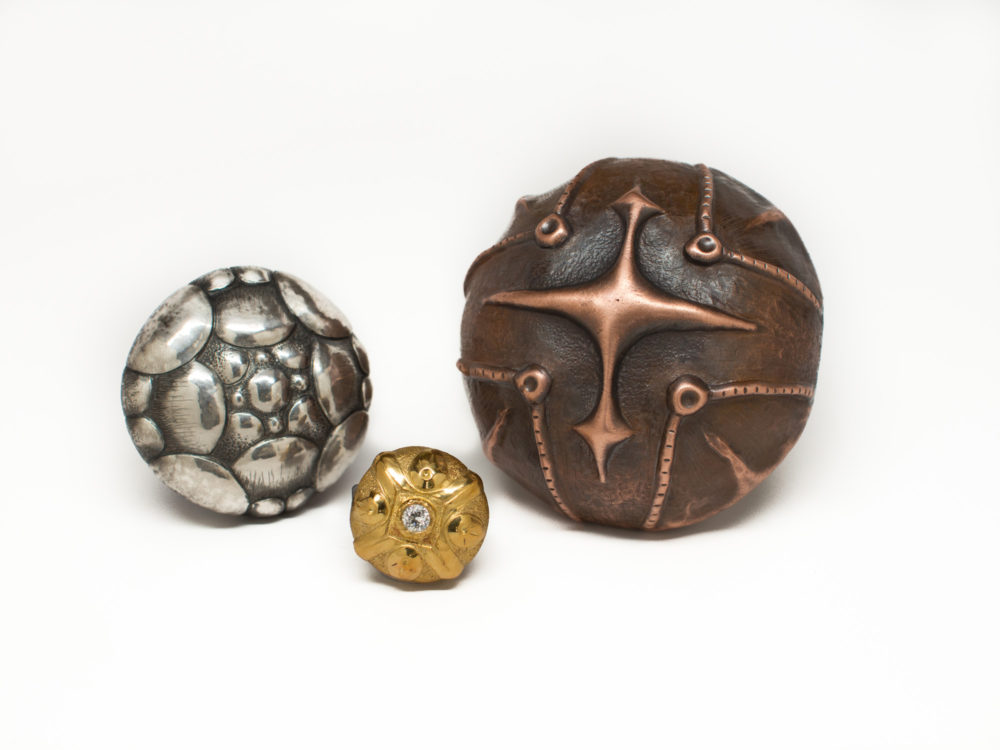
“It’s about really becoming a museum that people can relate to, that they see themselves in, focusing on exhibitions that again are making craft more accessible and relevant to our lives.”
Even the 50th anniversary exhibit on a topic as unsurprising as gold seeks to recontextualize the material to better understand what it means in a contemporary, everyday context. And, of course, there are all the historic and cultural meanings attached to the precious ore, too, that make it a befitting theme for a 50th birthday exhibit.
“The qualities of gold being malleable and strong and resilient speaks to our history here in this museum, going through economic downturns and museum changes and audience changes,” says Lebica. “And we're still here and we're strong and we have a powerful story to tell.”
“Striking Gold: Fuller at 50” is on view at Fuller Craft Museum in Brockton from Sept.7 through April 5, with an opening reception 4-7 p.m. on Sept. 7.
